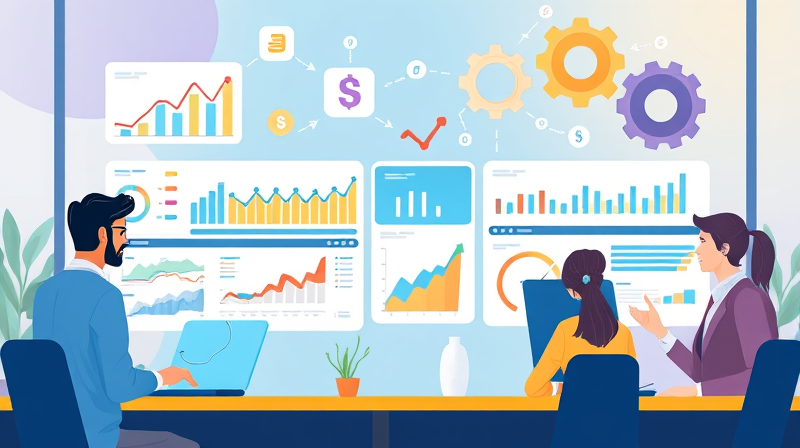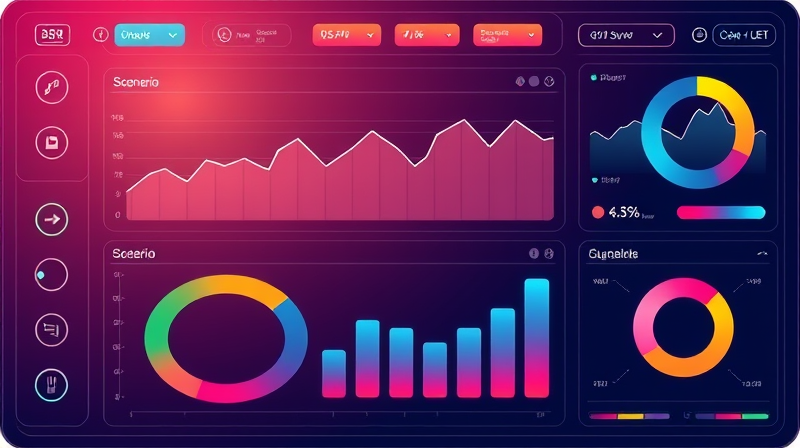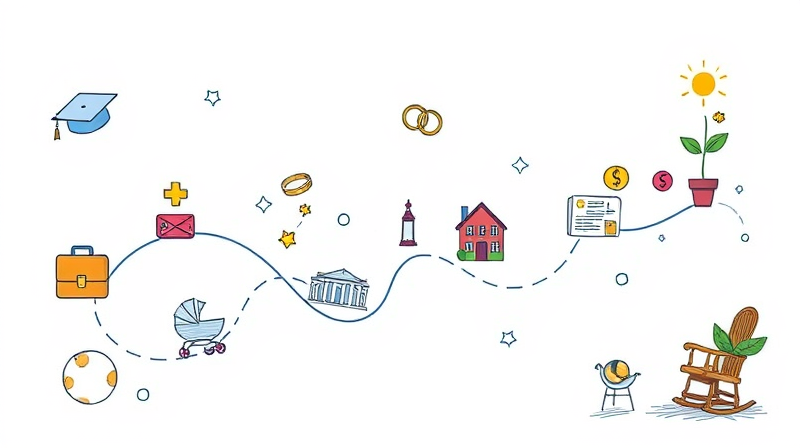
The professional services landscape is undergoing a profound transformation as Subscription-based Software-as-a-Service (SaaS) models expand into new verticals. Once the domain of entertainment and productivity apps, these renewable offerings are now reshaping consulting, legal, accounting, marketing, and even equipment leasing. Firms embracing this shift find themselves poised for stronger client loyalty, predictable revenue, and enhanced operational agility.
The global subscription billing management market is projected to grow from $9.16 billion in 2025 to $18.4 billion by 2029, reflecting a compound annual growth rate of 19.1%. Meanwhile, the broader subscription services market is set to expand by nearly $388.9 billion between 2025 and 2029 at a 17.4% CAGR. These figures underscore a rapid acceleration as professional services firms begin to prioritize recurring engagements over one-off transactions.
Despite the remarkable market potential, the share of recurring revenue in professional services remains modest today. Surveys indicate that only 41% of XaaS companies have documented methodologies for subscription-based professional services. Yet, expectations are high: industry leaders anticipate a significant uptick in renewable offerings over the next three years, driven by competitive pressure and client demand for flexible structures.
Several factors converge to fuel this trend. First, digital transformation initiatives across industries are accelerating adoption of AI, machine learning, and process automation. SaaS tools enable firms to deliver insights at scale, streamline workflows, and respond to client needs in real time. Integration with Professional Services Automation (PSA) and enterprise resource planning (ERP) systems further amplifies efficiency.
Second, clients increasingly seek flexible, renewable subscription models that allow them to pause, upgrade, or downgrade services as circumstances change. This adaptability alleviates budget constraints and supports strategic planning, particularly during economic uncertainty. Third, a renewed focus on customer outcomes shifts the conversation from project completion to value realization through ongoing success and long-term engagement.
These trends illustrate a shift from bespoke, time-based billing to standardized, outcome-focused subscriptions. Professional services automation platforms are essential enablers, offering modules for resource allocation, time tracking, billing cycles, and revenue recognition—bridging the gap between service delivery and subscription profitability.
Subscription models now permeate every corner of professional services. Traditional consulting firms offer modular strategy frameworks, marketing agencies provide managed campaign tiers, and cybersecurity firms sell 24/7 monitoring as a packaged service.
Case studies abound: a mid-size accounting firm doubled client retention by offering tiered financial planning subscriptions. A law practice reduced administrative overhead by 30% through an automated compliance monitoring service. These examples highlight the versatility of subscription models across diverse professional contexts.
Adopting subscription models demands more than technical implementation; it requires a fundamental culture shift. Organizations must transition from project-centric mindsets to a customer-centric productization approach, where offerings evolve in response to client feedback and emerging needs.
Effective retention strategies hinge on proactive outreach, seamless support, and demonstrating tangible outcomes. By tracking Net Promoter Scores (NPS) and customer satisfaction metrics, firms can identify at-risk accounts and offer timely interventions.
To capitalize on this transition, professional services leaders should:
Looking ahead, economic shifts and technological breakthroughs will drive further innovation. AI-powered advisory bots, blockchain-based contract automation, and enhanced analytics promise to deepen subscription value. As more firms share best practices, the ecosystem will mature, enabling smaller players to adopt renewable models with minimal friction.
Ultimately, those professional services organizations that embrace subscription-based software will unlock recurring revenue streams, foster long-term client relationships and value, and build resilient business models prepared for the next wave of change.
References













